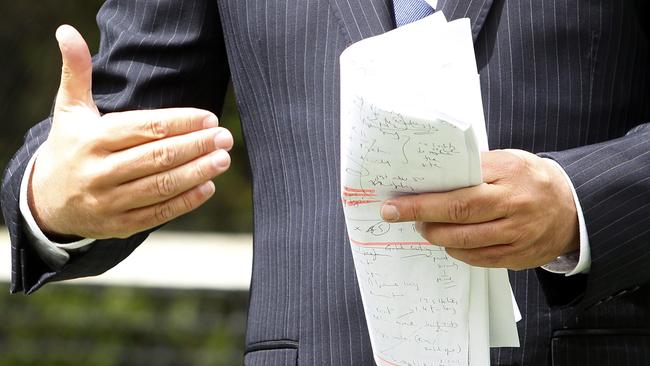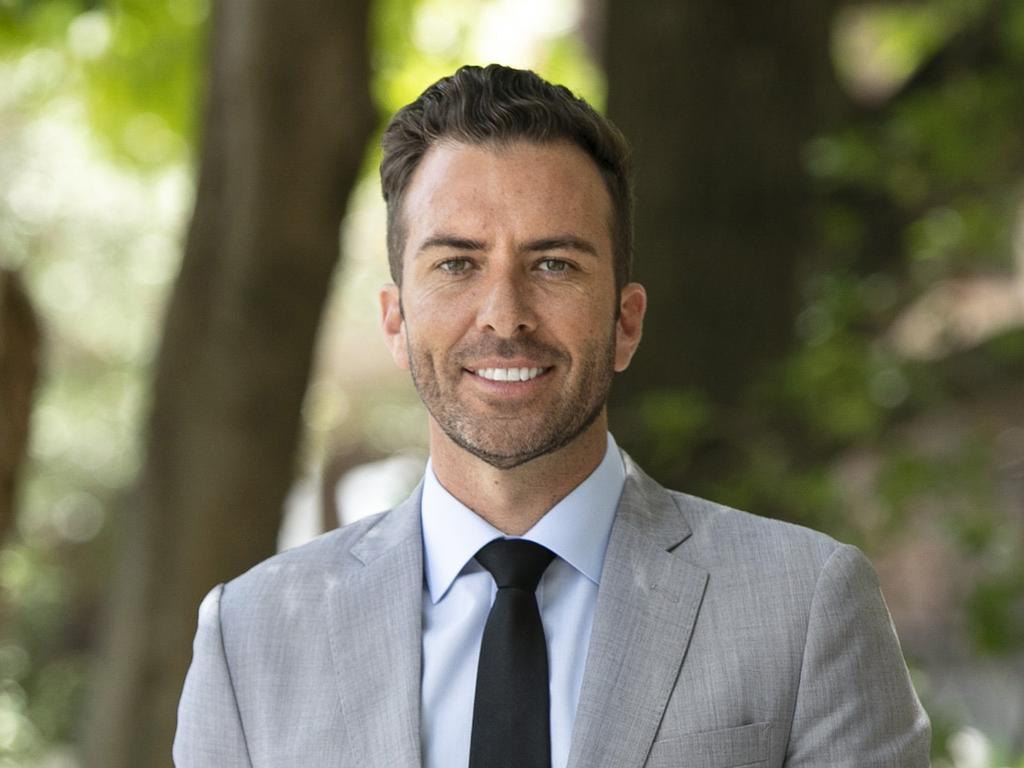
The setbacks are the latest in a string of negatives accumulating in the Melbourne property market, which is now expected to lag the rest of the nation on price gains over the next two years.
New forecasts from Commonwealth Bank released on Monday suggest Melbourne will have the slowest growth of any capital city out to 2022.
The bank estimates all state capitals over the next two years will grow by 14.4 per cent but Melbourne will trail, with the weakest performance at 12.4 per cent.
Meanwhile the city’s auction clearance rate — which had been recovering in recent weeks — is almost certainly going to go into reverse as “withdrawals” over recent days are taken into consideration. Melbourne’s final clearance rates had been tracking close to 76 per cent against 87 per cent in Sydney.
Investors — especially in inner-city Melbourne — have already been struggling with the sharpest drop in rentals nationwide as a lack of international arrivals has hit the city hard. In fact, Melbourne is the only city where rentals are still falling.
The city’s continuing lockdowns also prompt a warning to investors. The latest Property Risks and Opportunities report from RiskWise for Buyersbuyers.com.au warns: “Internal migration swung away from Victoria due to the state’s lockdown policies, while the uncertainty surrounding external migration substantially increases the risk in the rental apartment segment.”
The report also adds the city’s outer suburban housing sector to the list of property black spots, which have until now been dominated by apartment districts in the city’s north and west. Doron Peleg, CEO of RiskWise, says: “In general, free-standing houses are fine in this market as investors prefer existing stock, but it is clear now that in some areas of Melbourne new homes are also emerging as a risk.”
“Due to lower-than-expected population growth, some greenfield areas carry a higher level of risk in the short term due to high supply. A prime example of this is Melbourne west with an addition of 18,829 houses expected over the next 24 months, being an uplift of 8.8 per cent of the established dwelling stock,” the report suggests.
The report adds: “Rental units in high-supply areas present a higher level of risk. Irrespective of COVID-19, many areas with oversupply have been labelled ‘danger zones’ and have low sales volumes … While buyer sentiment has improved substantially, the realisation of risks associated with high-supply areas — including price movements, constructions defects and high vacancy rates — make these properties, generally bought by investors, a higher-risk endeavour.”
CBA’s optimistic view of dwelling prices over the next two years is also tempered by concerns over more lockdowns. The bank suggests the three factors that could knock its bullish forecast off the rails are the reintroduction of macroprudential measures to restrict home lending, a rise in interest rates, and “a significant outbreak/s of COVID-19 that would result in large-scale extended lockdowns, as was the case in Melbourne last year between July and October.”








Victoria’s punch-drunk property market is set for more setbacks thanks to the latest statewide lockdown. As a new report warns of a swing away from the city due to its severe lockdown policy, the city’s clearance rate is also expected to be hit by this week’s five-day closure.